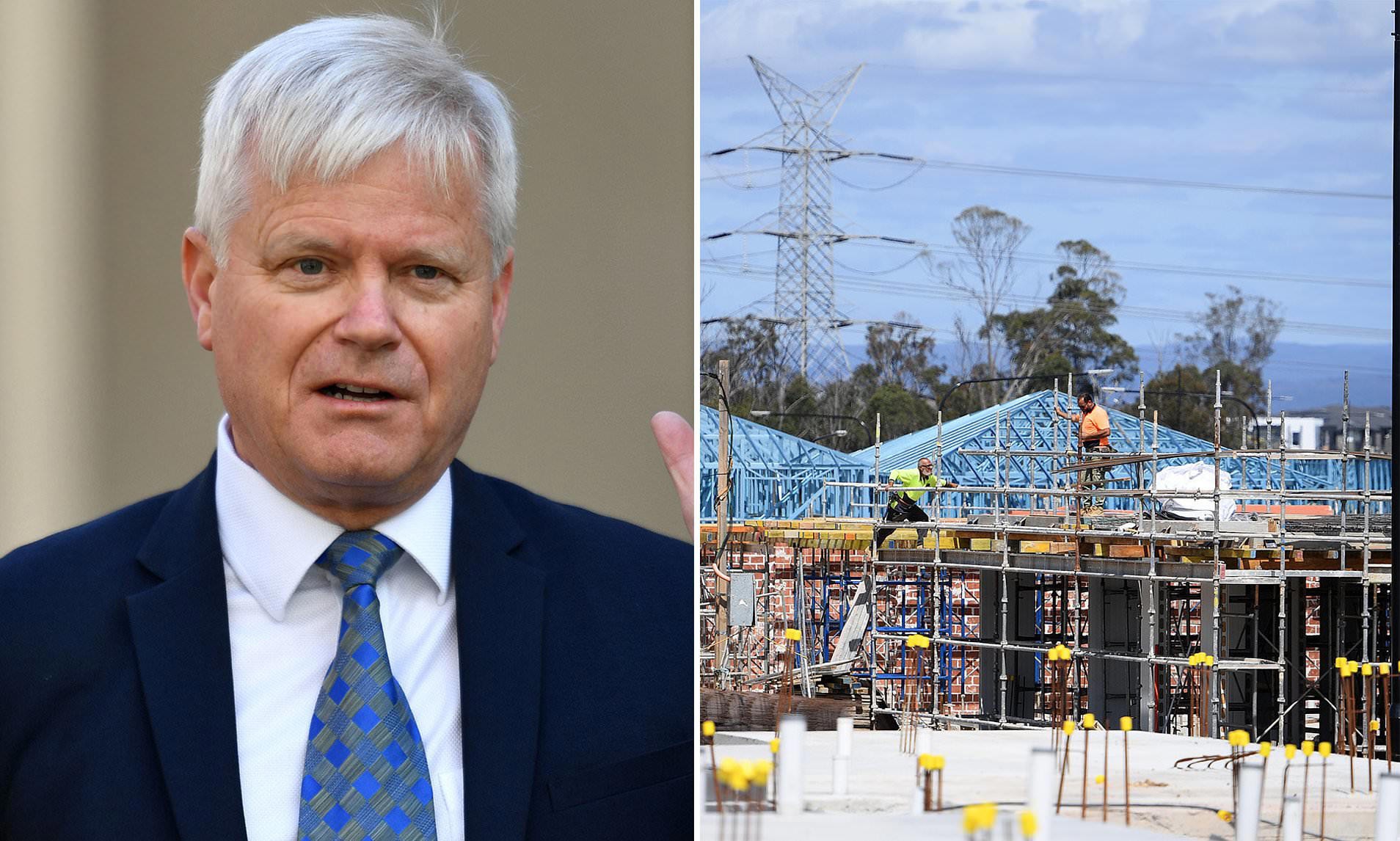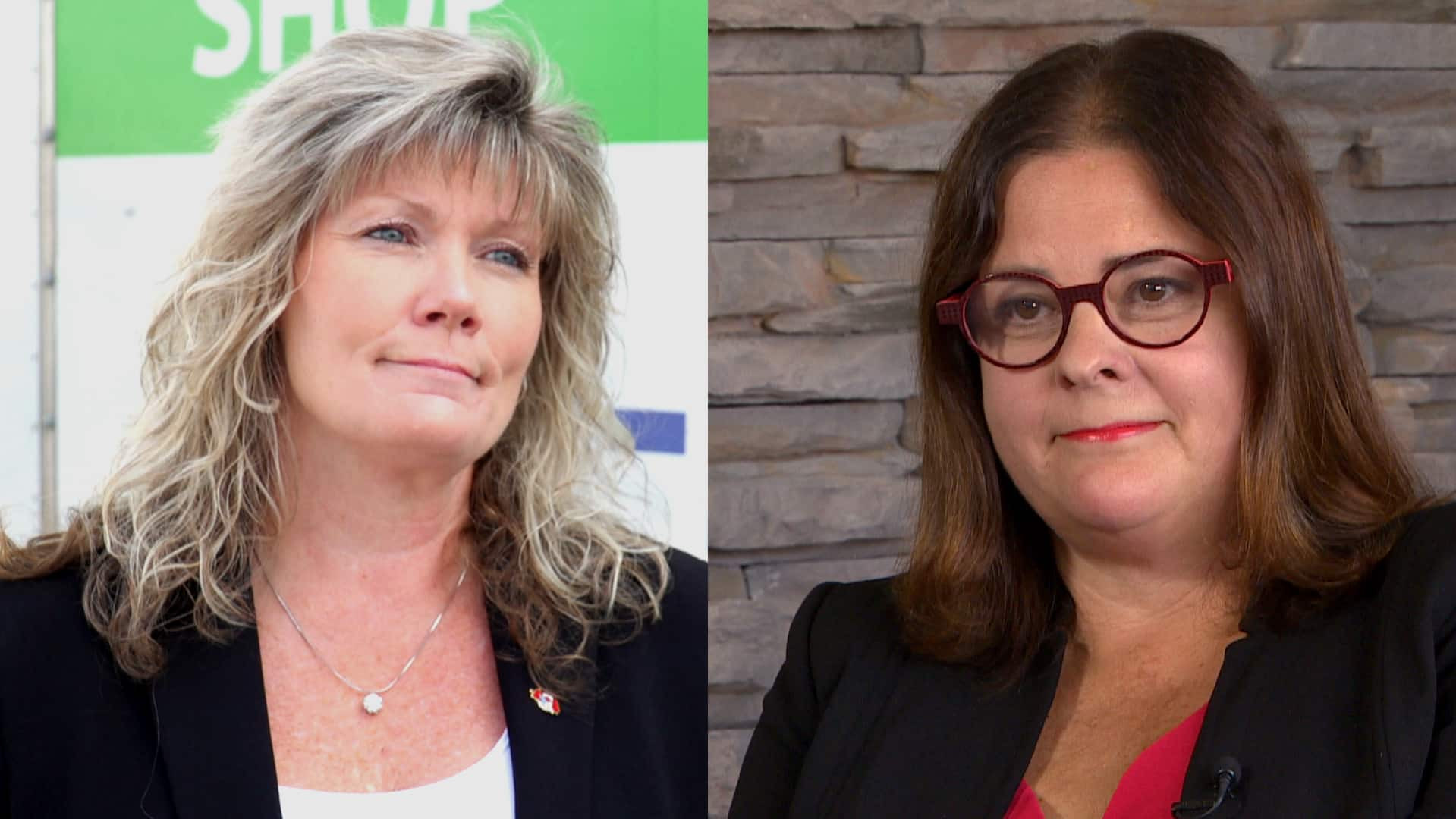A Nation of Immigrants: Australia's Population Surge Reaches Record Levels
Prime Minister Anthony Albanese's government has overseen a remarkable surge in Australia's population, with a record 1.15 million migrants entering the country since he took office. This unprecedented influx has surpassed even the high migration figures of the Hawke-Keating era, which lasted five times longer. The latest figures reveal that nearly one-third of Australians – a staggering 31 percent – were born overseas, reflecting a significant increase since 1983.
The Impact of Mass Migration: Housing Crisis and Inflation
However, this population boom has come with its share of challenges, particularly in the areas of housing and inflation. Experts like Dr. Kevin You, Senior Fellow at the Institute of Public Affairs, argue that the government's lack of a comprehensive economic plan, coupled with record migration levels, has exacerbated these issues.
Dr. You contends that the government's reliance on migration as an economic solution, rather than implementing genuine economic reforms, has placed immense pressure on Australia's already strained housing market. He points to record-high housing and rental prices, combined with a decline in housing construction to 1980s levels, as evidence of the impact of mass migration on Australians' ability to find affordable housing.
The surge in migration has also been linked to rising inflation. The consumer price index (CPI) reached 3.8 percent in June, surpassing the Reserve Bank's target range of 2 to 3 percent. This upward trend, which marked the first quarterly deterioration since 2022, has fueled concerns that the government's migration policies are contributing to the cost-of-living crisis facing Australians.
Broken Promises and a Lack of Planning
Despite mounting concerns, The government's approach to migration has been criticized for its lack of long-term planning and for failing to address the negative consequences of the rapid population increase. While Prime Minister Albanese initially promised to halve the annual migration intake in the next financial year, critics argue that this promise is unlikely to be fulfilled, considering the government's continued reliance on migration as a means of addressing the labor shortage.
Furthermore, The opposition has accused the government of pursuing a 'Big Australia' policy without a clear plan for how to manage the impact of such a significant population increase on infrastructure, government services, and the environment. The lack of a cohesive strategy, coupled with rising housing costs and inflation, has raised concerns about the long-term sustainability of Australia's current migration policy.
The Australian Government's Response: Promises and Reality
The government, however, insists that migration remains a vital component of Australia's economic growth and a critical contributor to the workforce. They argue that the impact of migration on housing and inflation is being addressed through a range of measures, including increased infrastructure investment and affordable housing initiatives.
Despite these assurances, the reality on the ground suggests that the government's response has not been sufficient to alleviate the growing pressures on Australians. The ongoing housing crisis and rising cost of living are tangible reminders of the complex challenges posed by Australia's rapid population growth.
A Nation at a Crossroads: Balancing Growth with Sustainability
As Australia grapples with the consequences of record migration, it faces a crucial crossroads. Balancing economic growth with social and environmental sustainability requires a nuanced approach that goes beyond simply relying on migration as a quick fix. The government needs to develop a long-term plan that addresses the impact of population growth on housing, infrastructure, and the environment, while ensuring that the benefits of migration are shared equitably among all Australians.
Failure to do so could lead to further social unrest and economic instability, undermining the very prosperity that the government seeks to achieve through its current migration policies. The future of Australia hinges on the government's ability to navigate this complex issue and find a path toward sustainable growth and social harmony.

















